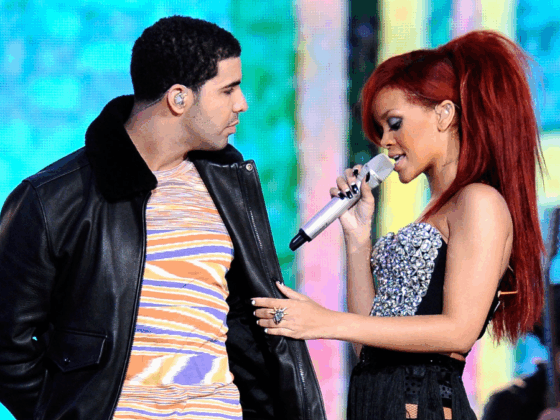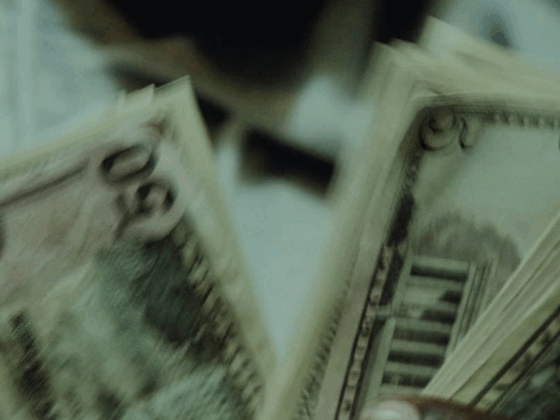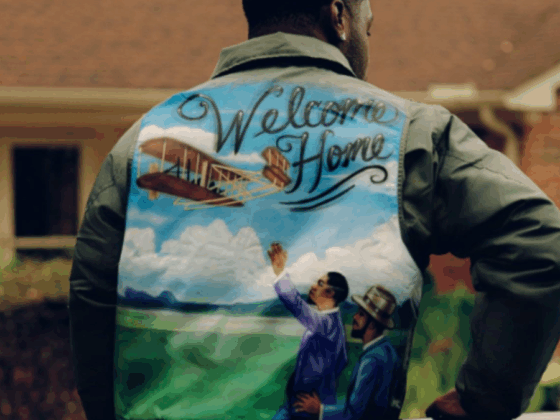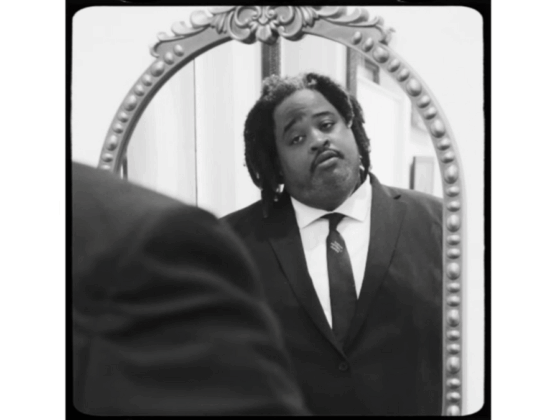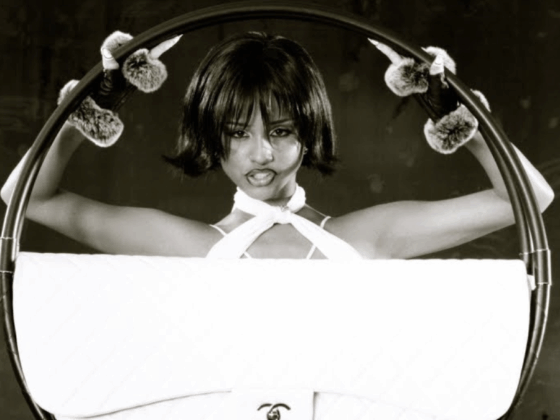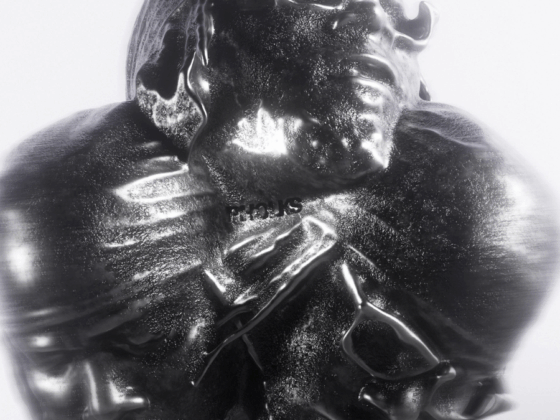
Hip-Hop has always had those pivotal moments where the direction of the genre and culture took a turn. When “The Message” by Grandmaster Flash and the Furious Five dropped, it introduced social commentary and storytelling to a genre that up until that point, emphasized partying. DMX and Ruff Ryders saw the shiny suits and pop songs dominating the airwaves and said “Stop, drop, shut ’em down, open up pop” for hard-hitting lyrics and beats. There’s always been a natural shift.
On September 11, 2007, another shift in hip hop occurred when two of the most popular artists, 50 Cent and Kanye West, went head to head in a battle of record sales. The two rappers would compete for the hearts and dollars of fans on the same release date. The 50 Cent vs Kanye West battle was a pivotal moment for the culture because it would determine if the genre would continue embracing gangsta rap as the king, or if the backpackers could finally land a big win, commercially speaking. It pitted gangsta rap against conscious rap. It was a battle to see who was the undisputed new hip hop superstar. It
Leading up to 9/11/07, 50 and Kanye were the biggest stars in hip hop in their own orbits. 50 Cent took the industry by storm with the classic debut album Get Rich or Die Tryin’ in 2003, a movie released two years later with the same name, and support from major labels Aftermath, Shady and Interscope Records. He succeeded in dethroning his rivals, Ja Rule and Murder Inc, and then took their singing/rapping style and thug with a soft side angle for himself. 50’s sophomore album, The Massacre, was a different shade of the same color, but the result was still the same: platinum.
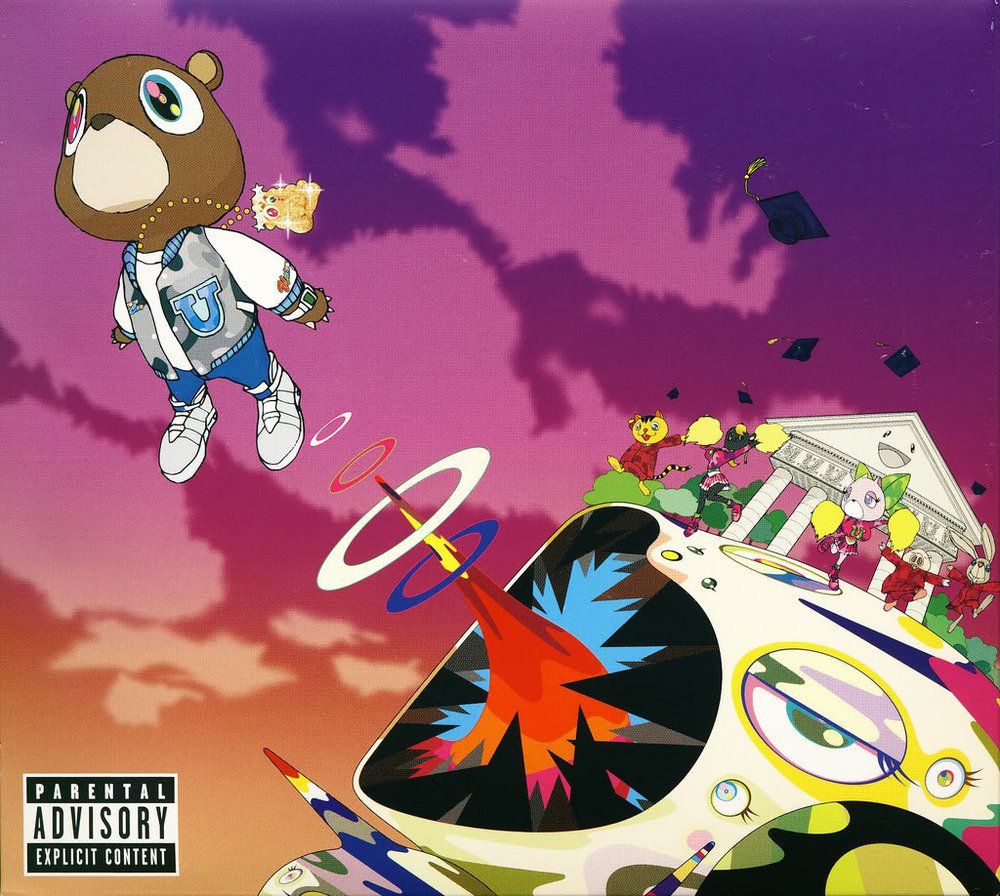
Kanye first had to prove himself as a producer, “making five beats a day for three summers” before he secured a record deal with Roc-A-Fella Records. Then he had to prove he could rap to people who “thought pink polos would hurt the Roc.” His debut album, The College Dropout, came and reintroduced sped up soul samples and a mix of introspective yet braggadocious lyrics. Late Registration saw Kanye stretching his talent with more sonic, layered production and ambitious records like “Gold Digger,” “Roses,” and “Diamonds from Sierre Leone.” Kanye had proven himself as the people’s champ, the relatable rapper who talked about his insecurities and made bold political statements.
“When I came out the gate I planned to have raps that were just as ill as Jadakiss and just as understandable as Will Smith,” Kanye told VH1 in a 2005 interview.
Curtis and Graduation were the third major label releases for both artists and were highly anticipated. Kanye pushed his release date up to September 11, setting the table for the head to head matchup. West clearly won the sales battle — selling 957,000 copies of Graduation to 691,000 copies sold of Curtis — but which album was better?
“That was something that we created,” 50 told XXL about the sales battle. “Obviously, it riled the fans up in every way and the results are always bigger sales than usual. Both of the numbers were bigger than what they would have been [without the competition]. It was just great marketing.”
Curtis was a good album with hits like “I Get Money” and “Ayo Technology,” yet it was not as adventurous or as bold as 50’s previous albums. It was an unimaginative, formulaic album by a gangsta rapper. It lacked the hunger and intensity of Get Rich or Die Tryin’ and The Massacre. It was a mess, with an odd mix of hardcore and radio friendly songs that felt forced and manufactured. The album cover reflects that: a brooding 50 with his hands over head. I don’t know what “look” he was going for, but it conveyed the confusion 50 talked about before the album was released. “When I was creating material for this album, I was experiencing writer’s block,” 50 said in 2007. “I reached the most vulnerable point for an artist: confusion.”
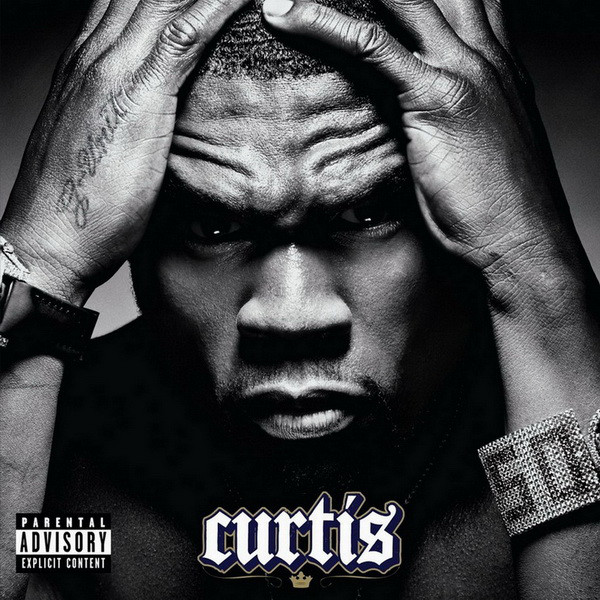
The album title changed from Before I Self Destruct to Curtis. 50 was involved in another beef, this time with Cam’ron. After beefs with Murder Inc, Jadakiss, Fat Joe, Nas, and The Game, 50’s penchant for starting beef was getting old to fans (Plus, a Cam’ron diss was nowhere to be found on Curtis but was founded as a bonus track on Young Buck’s sophomore album.) Overall, Curtis was a good but not great album.
The Graduation cover had the Dropout Bear launching into the sky, like how Kanye’s career was propelled from backpack rapper to hip-hop icon and “stadium status.” Graduation reimagined what a hip-hop album could sound like, utilizing a synthesizer throughout the album with Mos Def and Lil Wayne as features and samples from Daft Punk and Michael Jackson for two of Ye’s biggest hits at the time: “Stronger” and “Good Life” featuring T-Pain.
For the first time in years, conscious rap went against gangsta rap and won, ushering in an era where rappers could be themselves instead of caricatures or characters. Gangsta rap didn’t die 10 years ago; it still continues today in artists like Pusha T and Schoolboy Q. But on that day, and from then on, Kanye had become a champion in the fans’ eyes.
